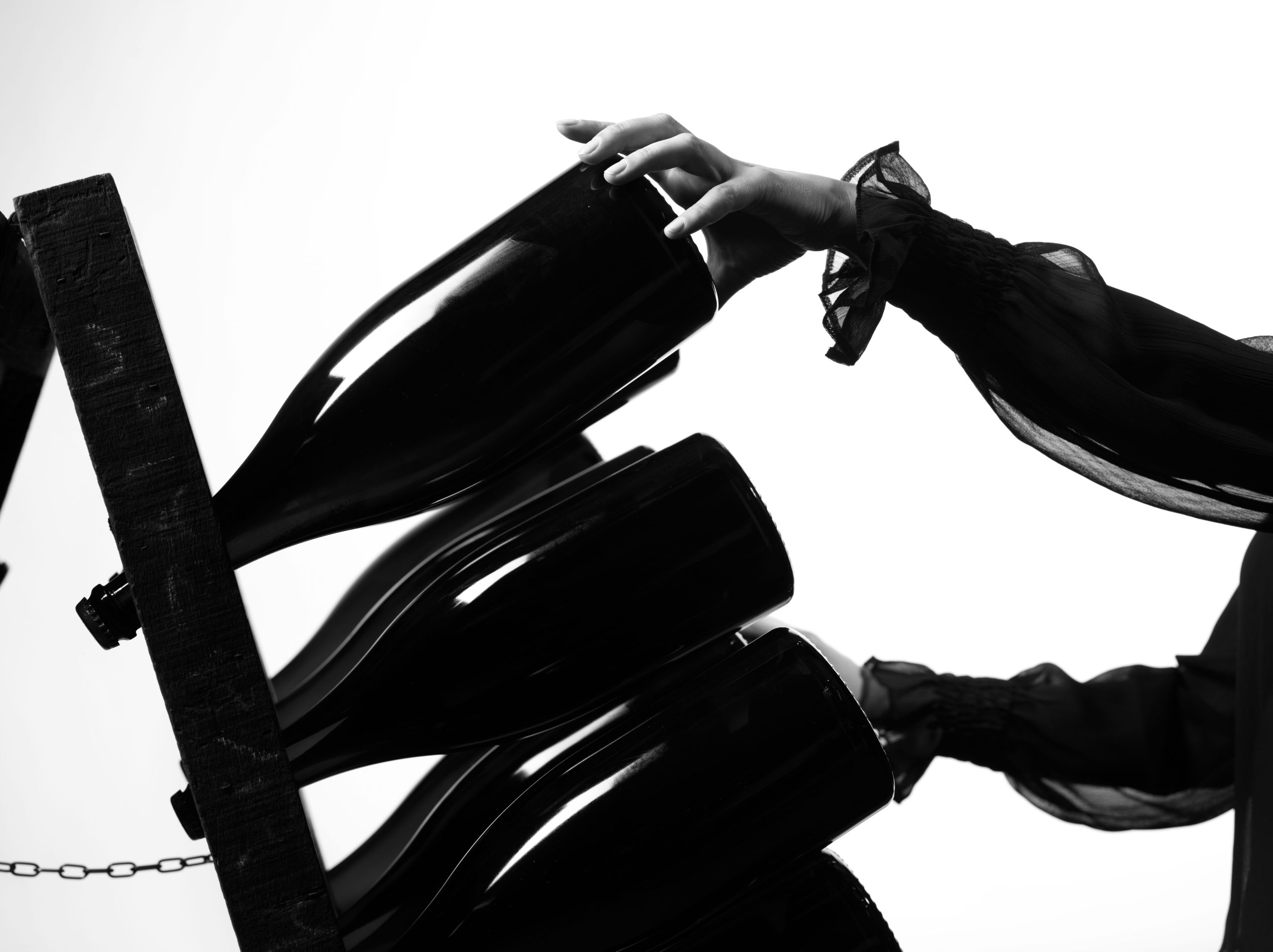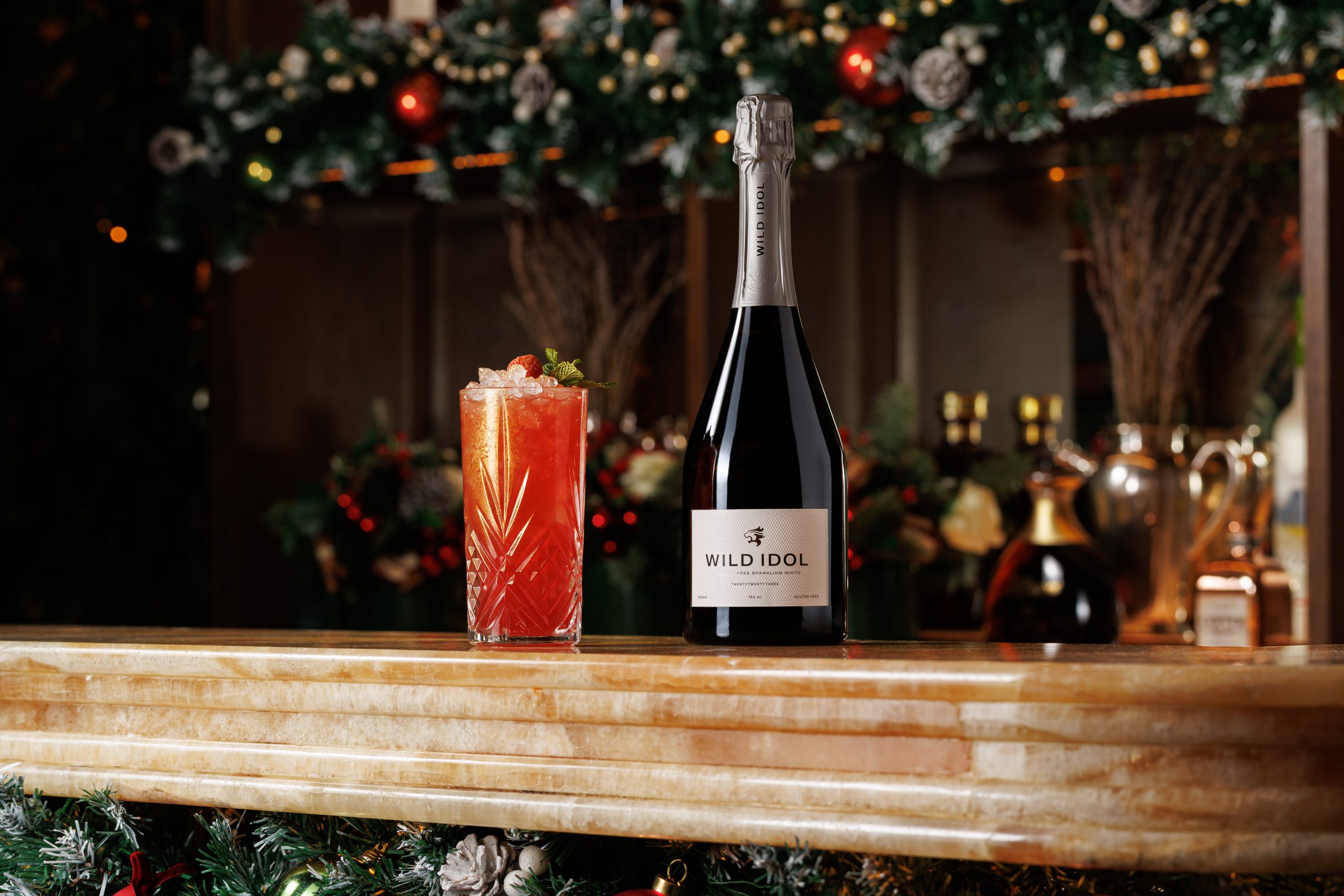Amarone improved by pergola training
Italian winemaker Masi is turning back the viticultural clock and converting its vineyards to the traditional pergola training system to improve berry quality for its Amarones.
Following a study over the past three years, the pioneering producer in Valpolicella is abandoning Guyot vine training – Europe’s widely adopted cane pruning system – and moving to high-trained pergola trellising for its best sites in the region, meaning that it is returning to the viticultural approach of the ancient Romans.
Explaining the reason for the switch, Masi’s winemaking director Andrea Dal Cin told the drinks business that the pergola trained vines produce berries with more anthocyanins, and fewer tannins, while the historic approach also removes the risk of overripeness in the bunches.
In particular, at the height of summer, the recent three-year viticultural study showed that the shady pergola-training system means that grapes can be up to 20 degrees Celsius cooler than the same berries grown using the Guyot approach. This is an important difference in the warmer hillside Valpolicella vineyards, which are used to produce bunches for drying on racks to create concentrated Amarone wines.
“We found that with the pergola [trained vines] on the hillsides we never get any burnt berries because we are shading the grapes, and the anthocyanins were higher in the unstressed pergola grapes because there was less colour bleaching,” explained Dal Cin.
On the other hand, the berries from Guyot trained vineyards had less colour, but more tannins, due to thicker skins produced by the grapes to protect themselves from the greater sun exposure.
In terms of picking dates, grapes in the Guyot trained vineyards are harvested 15 days prior to those from the pergolas, due to the slower ripening process because there is less sunlight interception to the bunches.
Crucially, the slower ripening period, along with the absence of sun-burn, produces berries that are suitable for a longer drying process – or appassimento – which is key to creating a concentrated and high-quality Amarone.
Partner Content
Consequently, Dal Cin stated, “Our aim is to get to 100% pergola trained vineyards on the hillsides.”
This, he added, was despite the added cost: pergola training costs 40% more than Guyot because all the management in the former system must be done by hand, and the vine density is lower with pergola training: 3,500-5,000 vines per hectare compared to 4,500-10,000 for Guyot.
Nevertheless, Dal Cin stressed that cooler valley-floor vineyards are often more suitable for Guyot training systems, because the grapes need increased sunlight exposure to ripen fully. Furthermore, the system allows for more air circulation, which helps reduce rot-inducing humidity – a risk in the sheltered valleys.
Dal Cin also said that the majority of grapes in Valpolicella are grown using the Guyot training system, with 80% of the DOC grapes managed this way, although a smaller 55% of vineyards employ Guyot within the Valpolicella Classico zone.
For the future, Masi is embarking on a new study to see if it can increase the polyphenol content of the pergola-trained berries.
“We are seeing if spraying the bunches with calcium will improve the thickness of the skins, because if we can do that, then we can have more anthocyanins and other polyphenols [from the thicker skins], which can help us have an even longer appassimento,” he said.




